Curious Questions: Why are we suckers for comfort food?
Shepherd’s pie, steak-and-kidney pudding, treacle sponge... these staples on the national menu are like old friends, lifting spirits in times of need. Flora Watkins dives into the best of British comfort food.
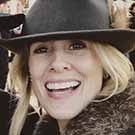

‘In victory, I deserve it, in defeat, I need it,’ said Sir Winston Churchill of his favourite tipple, Champagne. When the chips are down, however, most of us need a bit more ballast than a bottle of Pol Roger can provide. Chips, in fact, will do nicely — preferably with ketchup as well as mayonnaise — as will most variations on the tuber. On those days when the world feels an unfriendly place, where better to retreat than beneath a fluffy, 15-tog duvet of mashed potato, melded blissfully with lots of butter and cream?
‘Nothing like mashed potatoes when you’re feeling blue,’ declares Rachel in Heartburn, Nora Ephron’s thinly disguised novel about the breakdown of her marriage to the Watergate journalist Carl Bernstein. As Rachel, a food writer, picks over the bones of the relationship, her ruminations are interspersed with some of her favourite recipes. Potatoes (three ways), bacon hash (bacon, egg, yet more potatoes), pot roast and bread pudding, dishes she describes as ‘nursery food’.

Our notions of comfort food are ‘bound up in nostalgia and childhood memories,’ says food writer and historian Angela Clutton. They’re dishes that ‘take us back to a supposedly simpler and happier time’. In times of stress or turmoil, she will turn to ‘roast chicken, shepherd’s pie, rhubarb sponge — the foods of my childhood, which still give me so much pleasure to cook and eat now’.
Comfort food is unpretentious fare, the antithesis of molecular gastronomy or the Nordic foraged-food thing. It’s the culinary equivalent of a big, bosomy hug from a beloved grandmother, transporting you straight back to her kitchen. Pastry scraps rolled out on a flour-speckled farmhouse table, dogs dozing in their baskets, the warm fug of cinnamon emanating from the Aga.
“No one with a broken heart ever sought solace in a bowl of cauliflower rice”
Comfort food is about dishes such as Nigel Slater’s roast-chicken risotto, using the left-overs from Sunday lunch. A little meditative chopping of shallots, followed by 20 minutes of mindful stirring — accompanied, of course, by a glass of the wine you’ve sloshed over the rice. The result, says Mr Slater in his book Real Food, is ‘as soothing as sucking a thumb’.
The secret is how these foods make us feel, whether it’s the starchy embrace of rice, potatoes or pasta or the pleasurable hit of chocolate. On a physical level, they are uplifting. About 20 years ago, there was a book called Potatoes Not Prozac, which advised people with low mood to eat carbohydrates because they boost serotonin and aid sleep.
Then, the low-carb and ‘clean-eating’ movements came along and one can only wonder if there’s a link between this and the modern malaise — anxiety. After all, no one with a broken heart ever sought solace in a bowl of cauliflower rice.
Exquisite houses, the beauty of Nature, and how to get the most from your life, straight to your inbox.

In her 2001 book Nigella Bites, Nigella Lawson offers a whole chapter on comfort food. It opens with — what else? — a recipe for mashed potato and includes such nursery stalwarts as fishcakes and rice pudding, plus a divine chocolate fudge cake, which ‘Serves 10. Or one with a broken heart’.
The book also contains a recipe for one of the most soothing, restorative things there is to eat: chicken soup. The inspiration for a bestselling series of American self-help books, Chicken Soup for the Soul, and known as ‘Jewish penicillin’, recent studies have found the broth to contain anti-inflammatory and antibacterial properties. As with the stirring of risotto or ricing of potatoes, it’s doubly soothing — once in the making and again in the eating. There’s something deeply satisfying in boiling up the carcass and giblets of the Sunday roast with carrots, onion, celery and some odd fronds of parsley, ensuring that nothing is wasted.
I like to savour my soup slowly on a Monday evening, to recover from the hectic start to the week. Strictly speaking, the stodge component (non-negotiable when it comes to comfort food) should be knaidlach (little dumplings made with matzo meal and schmaltz, or chicken fat), but, for ease, I throw in a handful of basmati rice or orzo soup pasta at the end.
Fat and carbs, together with a heady dose of nostalgia, are the essential components of comfort food, feels Ysenda Maxtone Graham, author of Terms and Conditions: Life in Girls’ Boarding Schools 1939–1979: ‘It has to be stodge; anyone who’s been to a girls’ boarding school has to eat comfort food on a Sunday evening. It’s about smothering emotions! Something really simple and easy to eat — pasta or mashed potato — that slips down easily.’
Women, she believes, are more likely than men to seek refuge in comfort food. ‘My husband, when he’s stressed, starves himself — he’ll have a comfort cigarette.’ By contrast, many women ‘do slightly associate food with guilt; an illicit treat’.
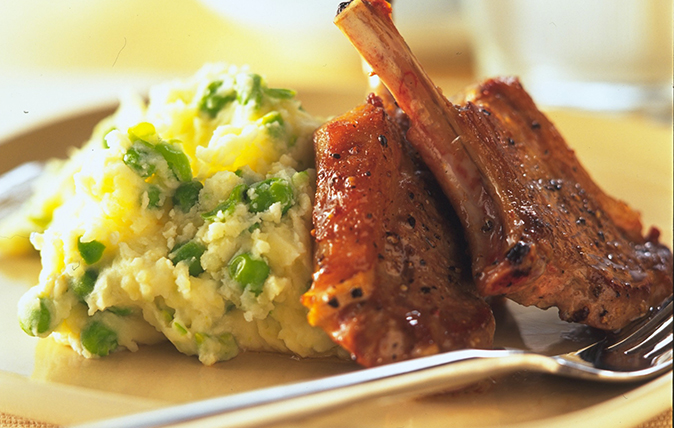
Our notion of comfort food, of quality time with a baked Camembert or a packet of Jaffa Cakes, is ‘relatively recent,’ explains Miss Clutton. ‘For centuries, the food on our tables was dictated by wealth, food, supply, the seasons. “Mood” was far less of a factor,’ she continues. ‘As we moved into having more choice of what we eat, then we began to factor in how food makes us feel.’
Those feel-good dishes we turn to — such as steak-and-kidney pie, treacle sponge, macaroni cheese — haven’t been venerated by the rest of the world. More fool them.
Food with such a palpable feel of home isn’t light on the carbs or animal fats — whoever heard of diet comfort food? What’s heavy on nostalgia does, unfortunately, tend to sit heavily on the hips.
Luckily, when you’re stressed, sad or lonely, it’s not the time to worry about what the Germans call kummerspeck (literally, ‘grief bacon’: the weight gained by someone who overeats following a trauma). However, even during the most testing times, one doesn’t need to overindulge. Just as Mark Twain could ‘live for two months on a good compliment’, one hit of creamy mash slathered over tender, slow-cooked meat has the clout to buck us up for days.
It’s hardly scientific, but, for me, the formula of (buttery carbs) + (rich, soupy meat) x (thoughts of somewhere safe and comforting) = shepherd’s pie, every time. Ideally, the furrows of mash will be crisp and brown on top, the mince, in its deep bath of thyme, beef stock and red wine, as unctuous as one of Trollope’s clergymen. I always use a recipe I was given for The Ivy’s shepherd's pie, its combination of lamb and beef mince making it particularly tasty. For those occasions when a quick hit is what’s needed, a boiled egg and soldiers, crumpets and Marmite, or even beans on toast, will suffice.
And for pudding? If you have room left for spotted dick, I salute you. Otherwise, a few squares of Green & Black’s or a post-prandial hot chocolate can go a long way to putting the world to rights.‘What a pity we can’t make a cup of Ovaltine,’ muses Dulcie in Barbara Pym’s No Fond Return of Love. ‘Life’s problems are often eased by hot, milky drinks.’
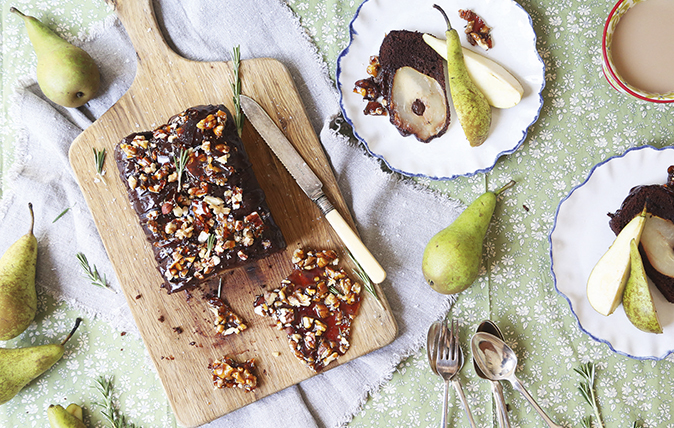
Pear, chocolate and chocolate-ganache loaf with pecan-and-rosemary brittle
This delicious pear-and-chocolate loaf is the perfect autumnal treat.
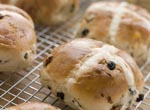
Hot cross bun bread and butter pudding
Easter is just around the corner, and if you find yourself with leftover hot-cross buns on your hands that have
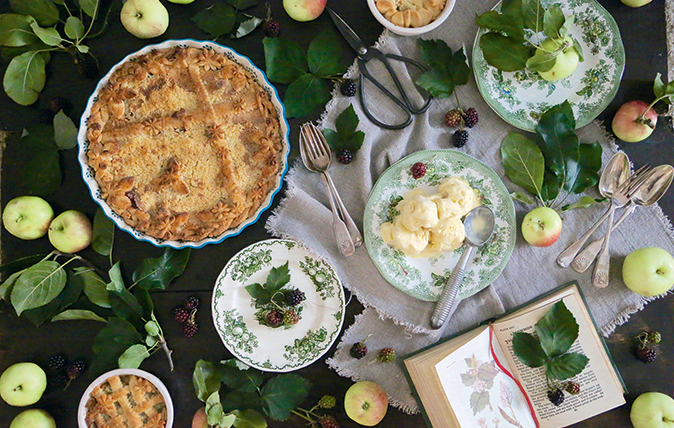
Apple and blackberry crumble pie with amaretti ice cream
Apples are a firm British favourite and deservedly so.
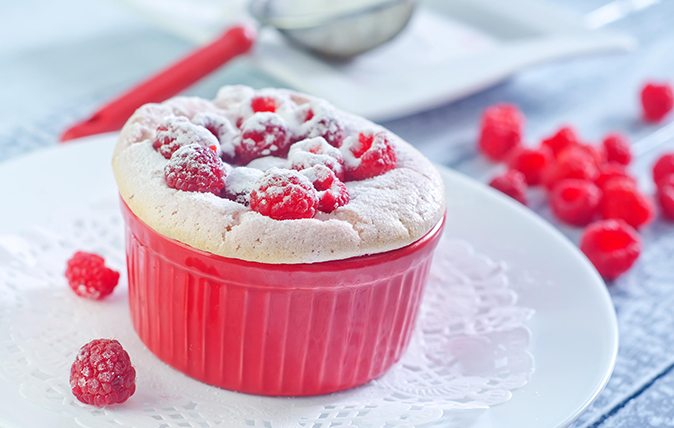
Recipe: Raspberry-and-almond sponge pudding
Berry good puds.
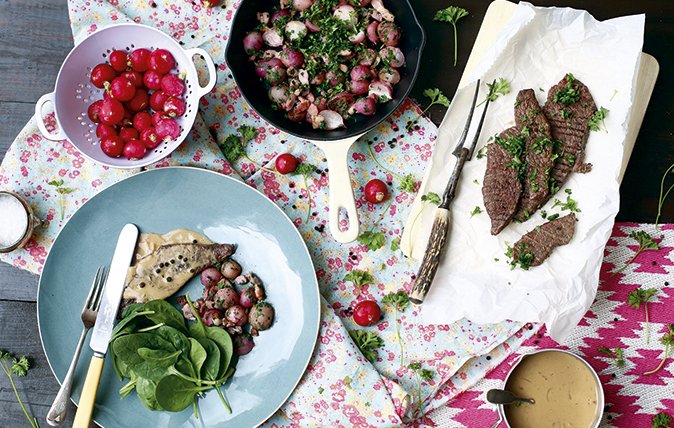
Grilled steak, buttery radishes and bacon with peppered sauce
Crisp, peppery radishes add instant zing to any dish.
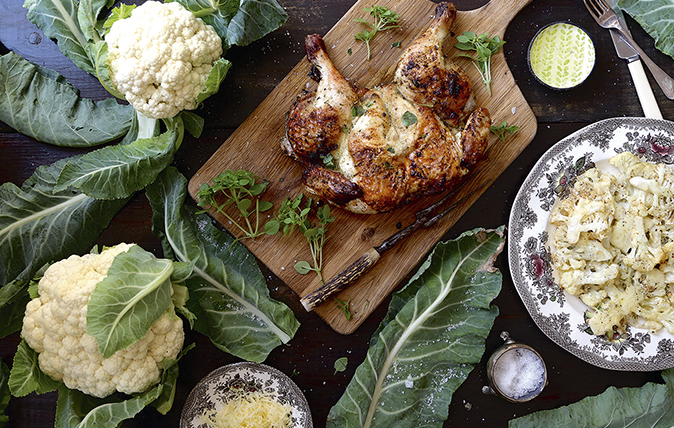
Spatchcock chicken with garlic and Parmesan cauliflower steaks
Cauliflower is so delicious and filling no one will notice you aren't serving potatoes.
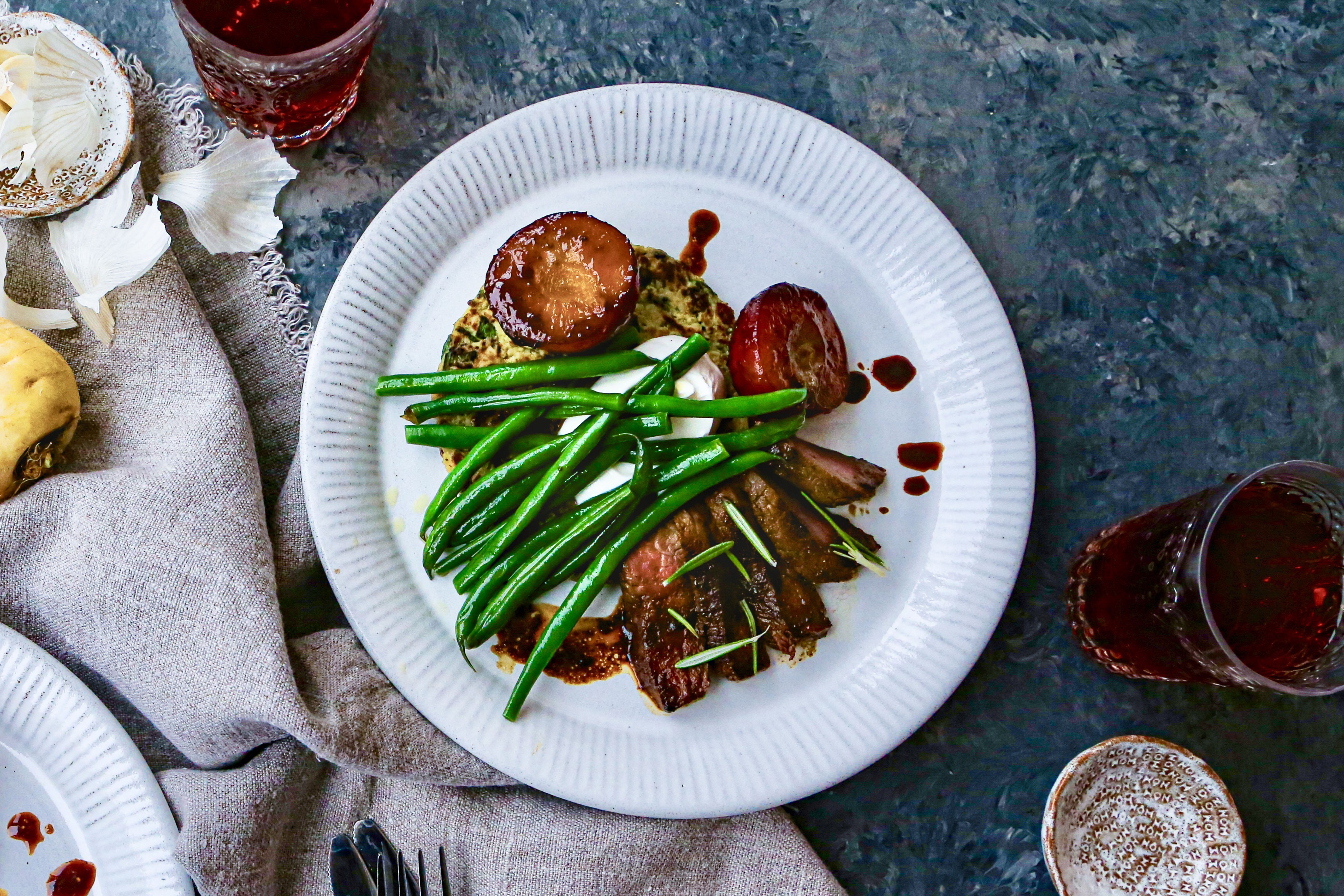
Credit: Country Life Picture Library
Sticky sloe gin venison steaks with parsnip and spinach rösti
Thank Melanie Johnson for this deliciously seasonal addition to your recipe roster.
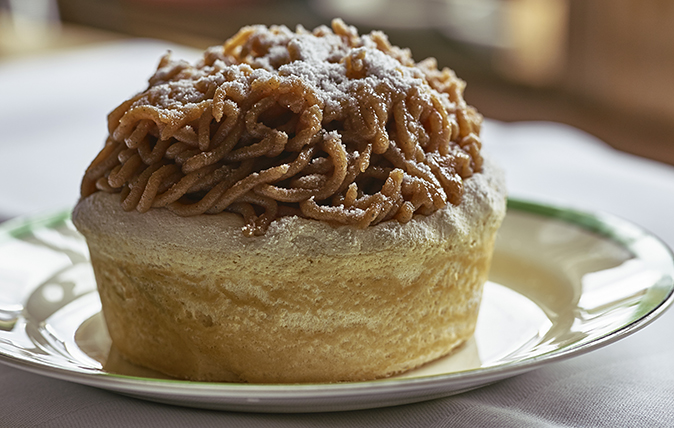
Credit: Jason Lowe
Recipe: Simon Hopkinson's Le Mont Blanc meringue cake
Surrender to this sinful meringue pudding.
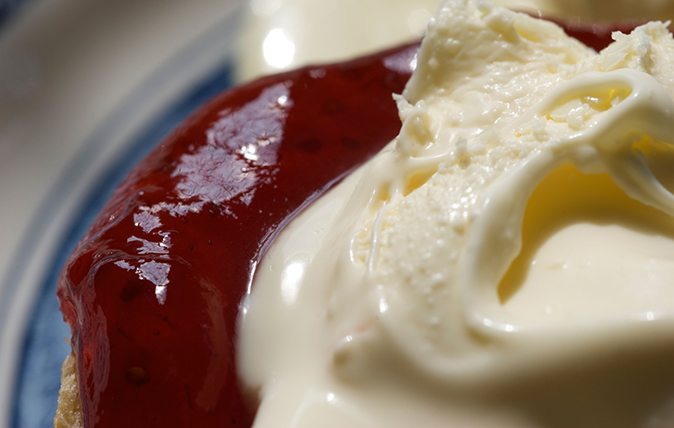
Five ultimate clotted cream recipes
Cooking with clotted cream turns any summer meal into a special occasion.
